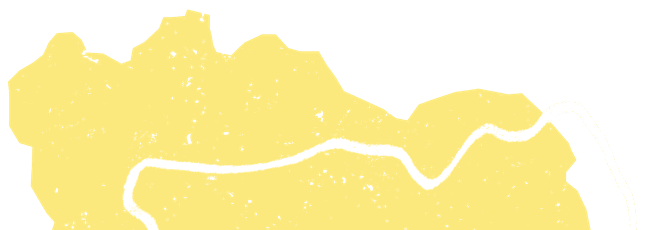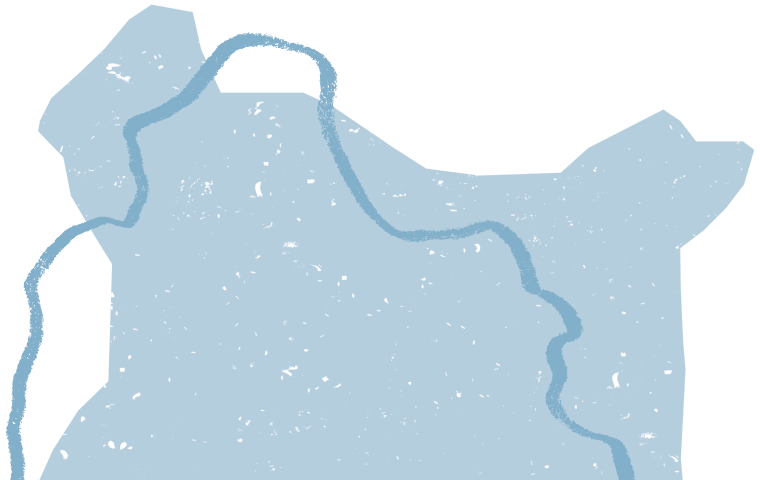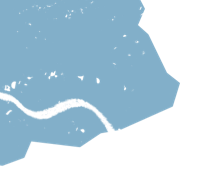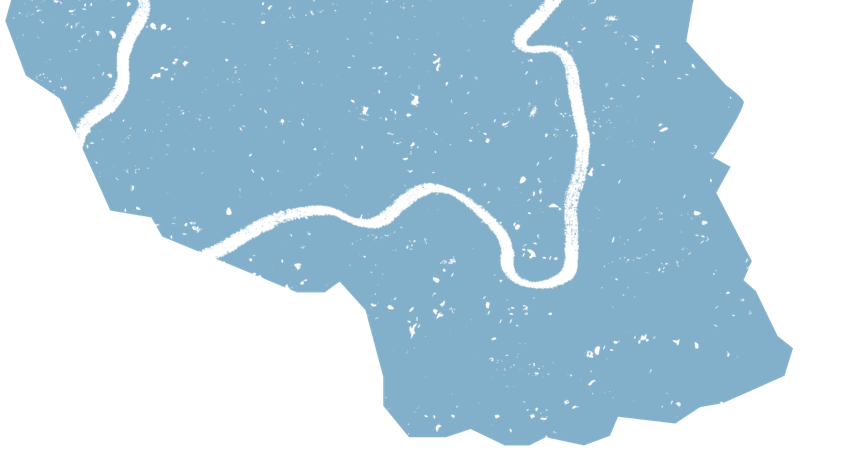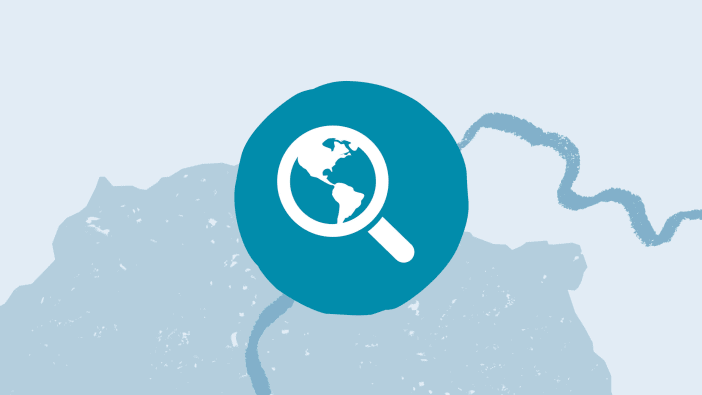The Saradidi Rural Health Project is found in Western Kenya, near the shores of Lake Victoria. It was begun almost ten years ago. It has strong links with the 61 villages within the project area, nearly all of which now have their own health worker and an agricultural worker. From the beginning, the community has been fully involved in deciding the priorities of the project.
The main health need of the area is the supply of clean water. At present the water sources are mostly seasonal and polluted. During the dry season many communities have to walk up to 6 kms to collect water. Although to outsiders this was seen as the most important key to good health, the community had different priorities.
What are the people’s priorities?
First on their list of priorities was health care. So a clinic was built with the help of the local people and each village chose people from the community to be trained as health workers. This part of the project has been very successful. Other priorities were seen as income generation, evangelism and agriculture.
So the project began training in various crafts. Two evangelists were employed. Agriculturalists established a network of agricultural workers. It was only then, as these other priorities were realised, that the community began to work towards improving water supplies.
Village Water Committees were formed. Hand-dug wells were seen to be the most suitable way of providing water. The project agreed to provide building materials, labour and a small sum of money. Some wells have been completed. Several were unsuccessful, because they were wrongly sited.
Progress was slow, since no-one had any experience in water programmes. But now, with Tear Fund’s support, they have a water engineer to help. Tim and Ros Holmes have recently settled in Saradidi. With the community now motivated and eager to move forward, Tim hopes to help provide shallow wells. He writes:
“Leadership plays an extremely important role in motivating the community. An influential leader can make all the difference when there are problems to overcome. Some members of the community are excellent speech-makers, full of promises and commitment, initially. However, these people may be very slow to get involved in the manual work. Often the real advances are made by others who are simply willing to serve.
Some of the best responses come when working with small women’s groups. Women are often more willing to help work. Small groups avoid the political conflicts which can often arise over the siting of the well.The rich are often reluctant to join in a community scheme, preferring to build themselves a private rainwater catchment tank.”
Tim plans to use a hand-drilling rig, known as a Wander Rig, rather than continue with the hand-dug wells. This will be safer and cheaper. He recommends that the Project use the new Afridev hand pump.
Saradidi provides another useful example of how important it is to work with the community, when they are ready and motivated.

